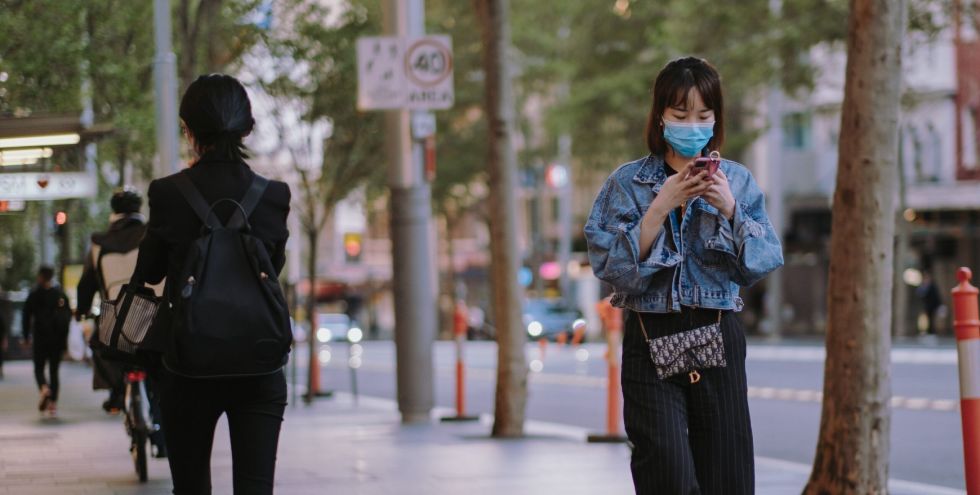
With face masks made mandatory in states like Victoria, and individuals becoming increasingly aware of the need to safeguard themselves against COVID-19, the demand for PPE has reached unprecedented levels this year.
Phill Oliver, our General Manager for Premiums & Merchandising discusses this rise of PPE and Health Care in 2020, and explores whether or not it’s here to stay.
In its early stages, the COVID-19 outbreak in China created a huge demand for hygiene and PPE solutions resulting in a disruption in the global supply chain. The disproportionately high patient volumes, along with individuals and businesses choosing to use PPE to safeguard themselves and their employees from the virus, placed a strain on resources.
Moreover, the industry has also been impacted by new legislations and export bans. This created trade barriers on the raw materials required to produce PPE, further accentuating the disruption in global supplies right when the demand was at its highest.
With this unbalance, many countries have struggled to source quality hygiene and PPE solutions that adhere to the required safety standards, some countries like Spain and India even returned PPE kits to China that didn’t meet safety regulations.
Here is a basic infographic from market research company Frost & Sullivan, showing the percentage increases in demand for surgical masks, gloves, overalls, and face shields in 2020 and a couple of years after in the United States.

So the question remains, will this demand for PPE and hygiene products continue or will it subside post an expected vaccine in 2021?
According to the “Global Personal Protective Equipment Market (2020 to 2025) – Growth, Trends and Forecasts” study, this demand is expected to increase at a compound annual growth rate of 7.8% over the period of 2020-2025. Multiple factors will contribute to this, namely:
1) The unpredictability of the virus spread
We’re operating in an extremely volatile environment and the demand for PPE is also impacted by the speed at which the virus spreads through new territories and regions. At the initial stages of the pandemic, driven by uncertainty we saw the panic buying, hoarding, and general misuse of PPE. We’re now witnessing second and third waves in certain nations and until such time the spread is contained worldwide, the need for people to protect themselves as best they can with PPE will continue.
2) An increase in awareness and proactive behaviour
As time has progressed, we’ve also seen an increase in people’s awareness about the proactive need to safeguard their health. Products that were traditionally used for patient care and in-hospital environments such as gloves and face masks have now become part of daily life for most. People are also proactively getting tested, monitoring their health, and staying at home when unwell.
For businesses, their employees need to feel confident to return to the workplace, making safety a huge priority. Equipment and methods for cleaning and sanitisation used prior to the pandemic will no longer suffice, as people expect their work environments to be properly equipped to keep them safe. In order to meet these new expectations, we’ve seen companies like Ford proactively manufacture their own PPE kits for their frontline workers which include face masks, face shields and other equipment required to provide a safe working environment.
3) Positive results due to PPE and hygiene practices observed
Last year, Australia saw its worst flu season on record in recent years. In contrast, we’re seeing influenza and influenza-like illness activity lower than average across all systems for this time of the year. According to the Department of Health’s Australian Influenza Surveillance Report (activity update from 21st Sep – 4th Oct), “at a national level notifications of laboratory-confirmed influenza have substantially decreased since mid- March and remain low”. It is believed one of the factors contributing to this is the increase in hygiene practices observed nationwide; with more people using PPE, observing social distancing measures, and staying home when unwell. As these practices have yielded positive results, we can expect to see people continue to follow them in the coming years to safeguard their health.
People have seen the effectiveness of PPE and increased hygiene measures in helping contain the spread of COVID-19 this year. Coupled with a shift in behaviour and the evidence that protective measures are also effective in preventing other airborne viruses like the flu, we expect to see more people relying on PPE to keep them safe post the pandemic, resulting in continuing demand through 2021 and beyond.
By Phill Oliver
General Manager



